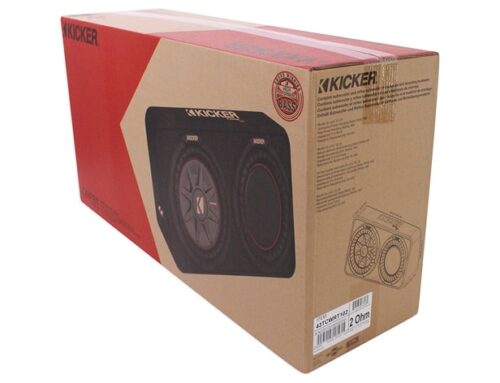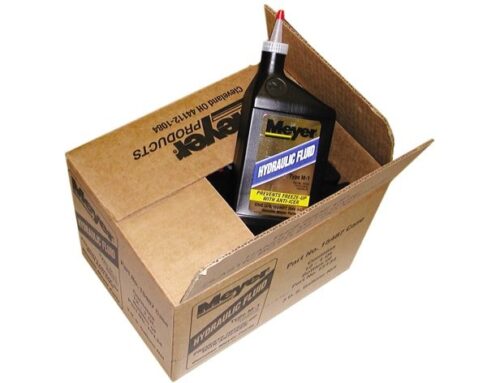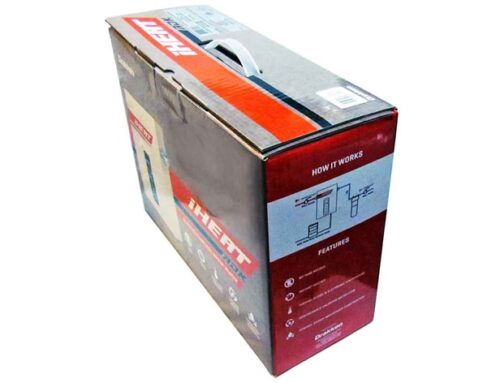When it comes to packaging, it’s important to think outside the box. After all, your customers are likely expecting something a bit different from the average product. If you want to stand out from the crowd, you need to use creative packaging that will capture your customer’s attention. In this blog post, we’ll provide you with essential tips for designing packaging that will make a statement.
Why Creative Packaging Design is Important
Creative packaging design is important for a number of reasons. Not only does it add aesthetic value to a product, but it can also play an important role in promoting a product to potential customers. Furthermore, creative packaging can help reduce the cost of manufacturing and shipping products, both of which are valuable considerations for businesses.
When designing packaging, it’s important to keep in mind not only the appearance of the product itself but also the environment in which it will be used. For example, Kraft Macaroni & Cheese comes in a variety of colors and flavors that would be perfect for children but may not be appropriate for adults who want something more savory. In this case, the bright colors and fun shapes might not appeal as much to adult consumers.
Similarly, some products are designed specifically for one region or another. For instance, Jif peanut butter is distributed exclusively in the US and comes in a myriad of flavors that are specific to American culture (e.g., bacon). In order to cater to international consumers, Jif has developed different flavors such as blueberry and strawberry that are available world-wide.
It’s important to consider all aspects of packaging when designing a product, from its shape and color down to its font typeface and layout. Each element should work together harmoniously in order to create an attractive package that will entice customers into buying the product inside.
Types of Creative Packaging Designs
There are a variety of types of creative packaging designs that can be used for products. Some common examples include:
-Labels: A label design can be used to give personality to a product. It can also be used to help identify the product.
-Cards: A card design can be used to show off the product’s features and make it more appealing to customers.
-Tubes: Tubes can be used to display products in a way that is visually appealing and easy to grab.
The Components of a Creative Package
There are a few key components to any creative packaging design package: an idea, a design strategy, and the tools to make it happen.
First, come up with an idea for your product or service. What is it you want people to experience when they see your packaging? Is it sleek and modern? Classic and timeless? Contemporary and edgy? There are no wrong answers here – just find what speaks to you and stick with it.
Once you have a clear idea of what you want, it’s time to strategize. How do you want people to interact with your packaging? Do you want them to open it up and take a look inside? Hold it in their hands and smell it? Once you know this, start thinking about how best to achieve these goals.
Finally, there are the tools that will help make your creative packaging dreams a reality. Photoshop, Inkscape, Illustrator – these are all powerful programs that can help create stunning designs for your products. And don’t forget about 3D software like Cinema 4D or Maya – they’re perfect for creating realistic packaging concepts that would be impossible to produce otherwise.

How to Create a Creative Package
Designing creative packaging can be a fun and rewarding experience. There are many different ways to approach the task, and the most successful packages will reflect the unique personality of their creators. Here are some essential tips for designing creative packaging:
1. Think outside the box. There are no rules when it comes to creative packaging design, so don’t be afraid to try something new.
2. Use strong visual elements. A well-designed package should be visually appealing, so make sure to use strong graphics and visuals to capture attention.
3. Be innovative. Keep your designs fresh by using new and innovative technologies or materials in your packaging design.
4. Pay attention to detail. Even the smallest details can make a big difference when it comes to creating a successful package design. Make sure all of your elements fit together harmoniously and look professional in execution.
Conclusion
Whether you’re a small business or an entrepreneur working on your first product, packaging design can be a critical part of marketing and success. In this article, we’ll share some essential tips for creating successful packaging that will not only look great but also help sell your product. By following these simple tips, you’ll be well on your way to designing beautiful and effective packaging that customers will love!









